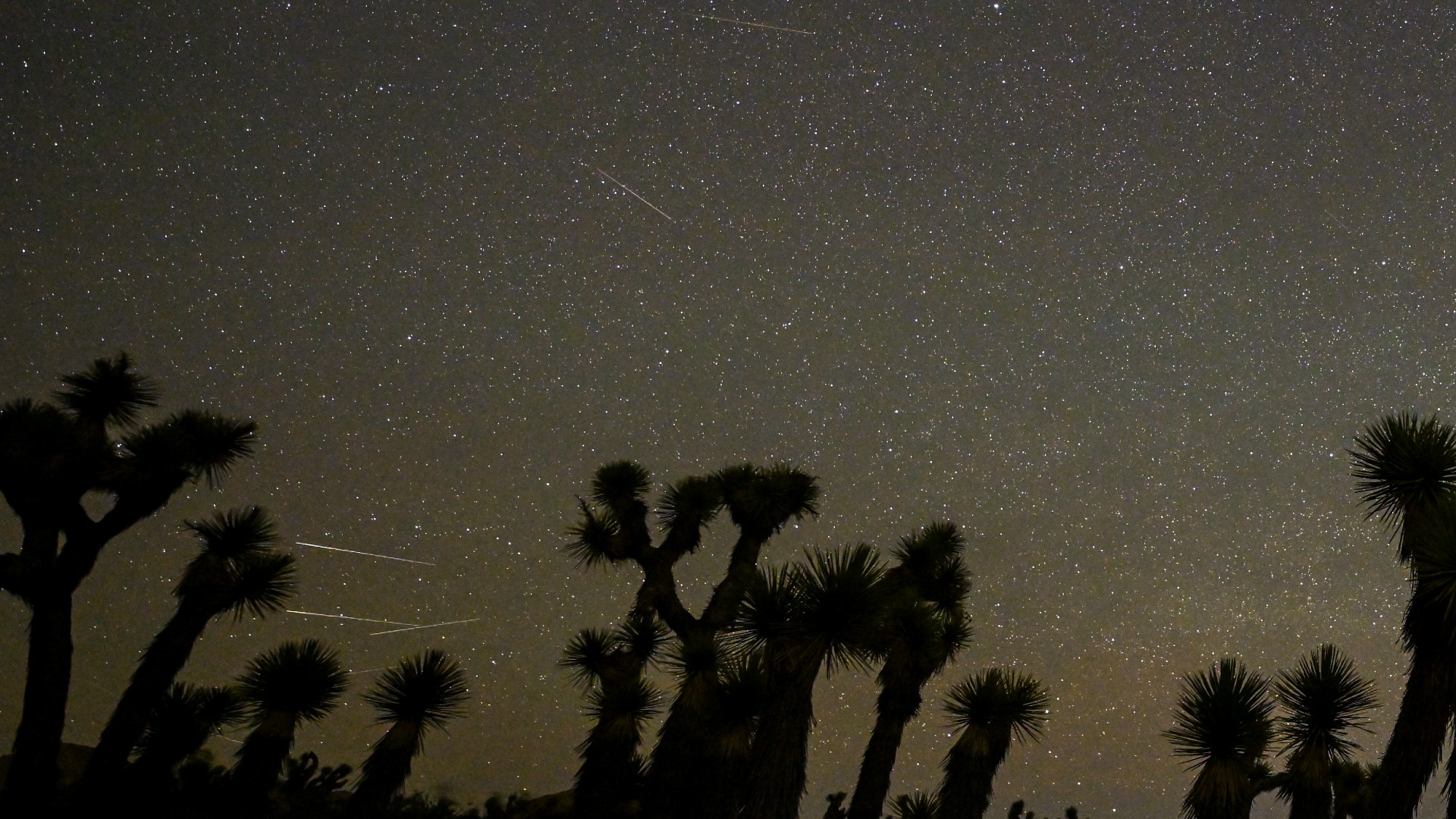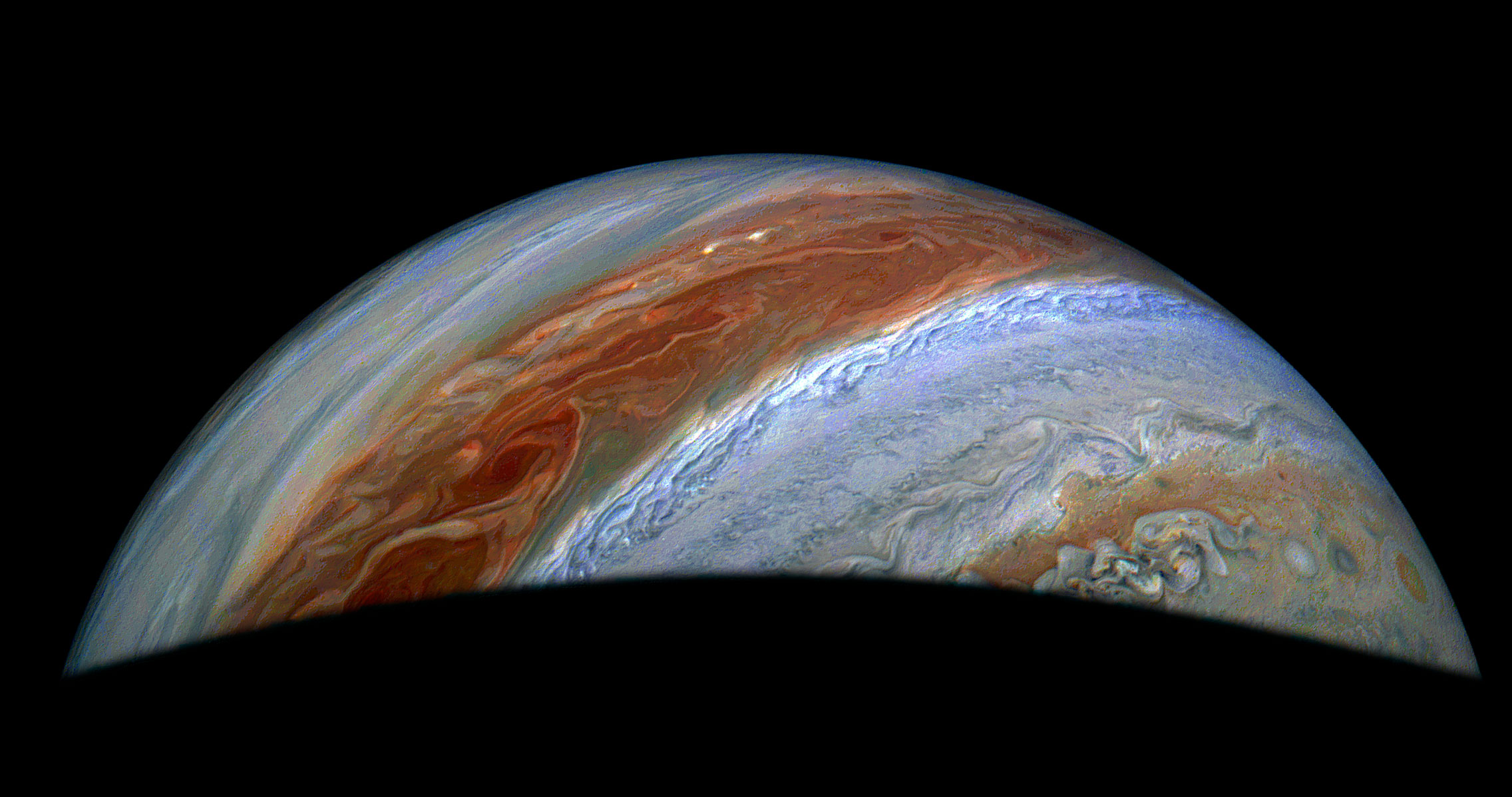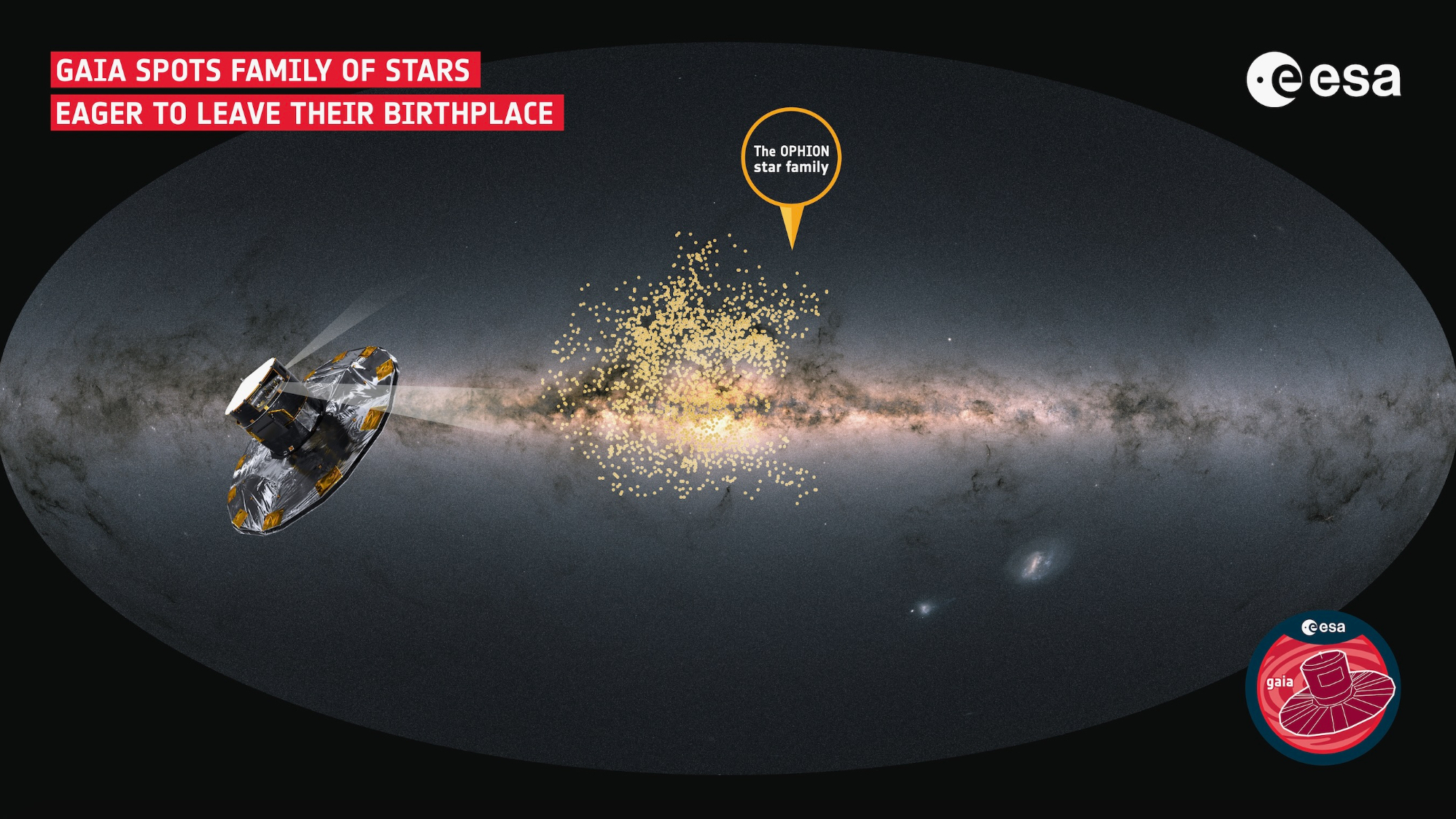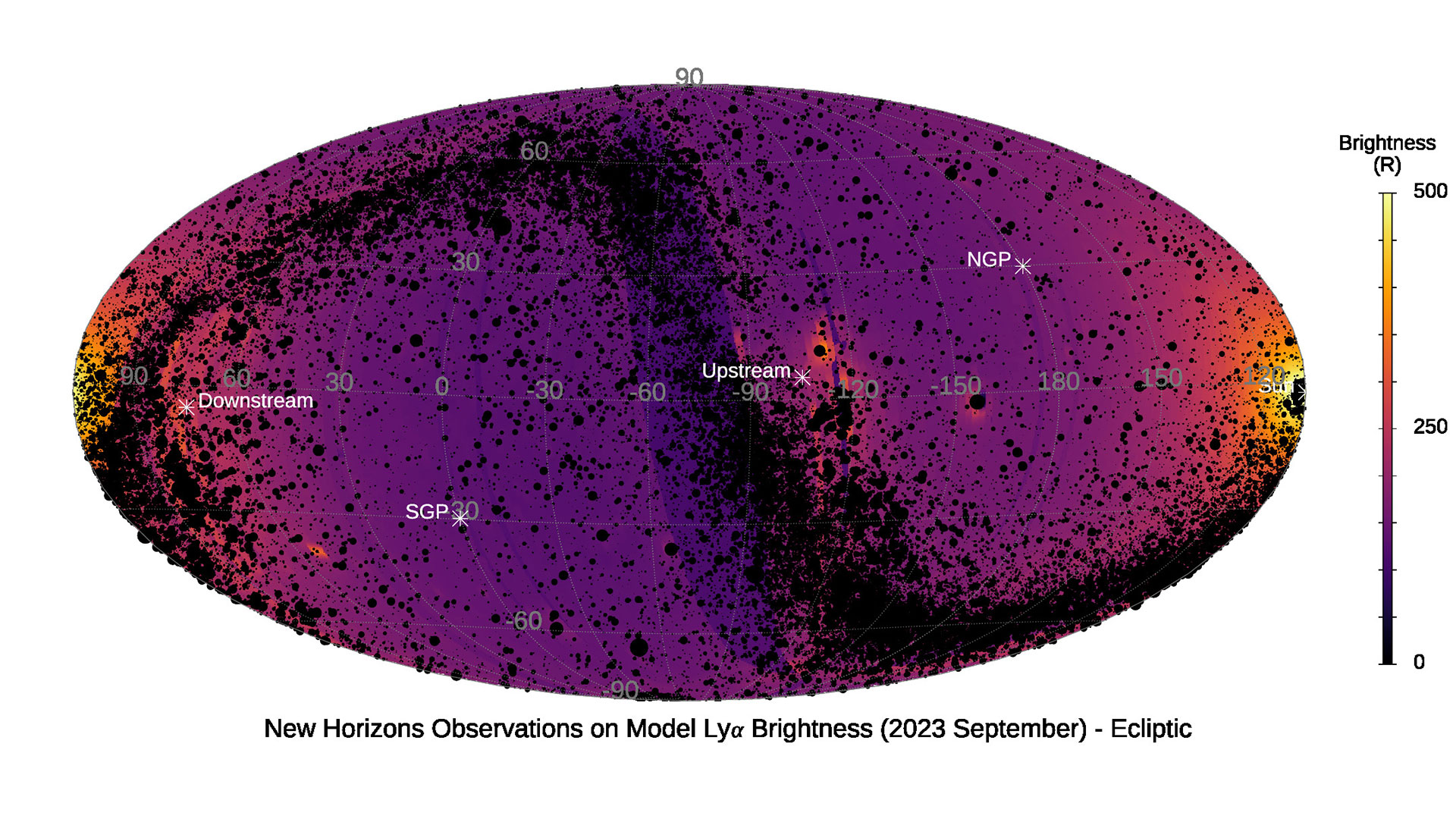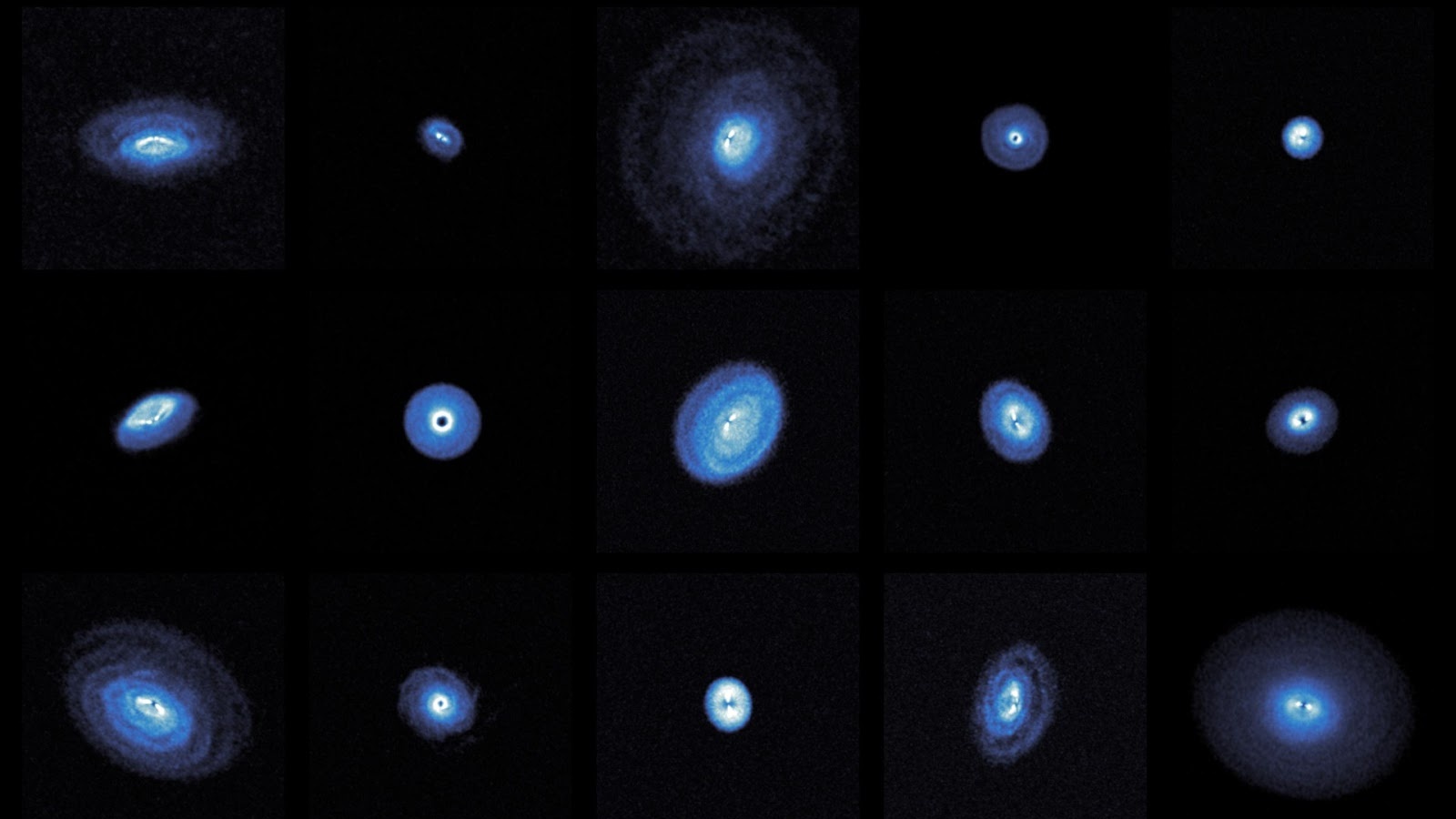November's 'Frosty' Full Moon Rises Tonight
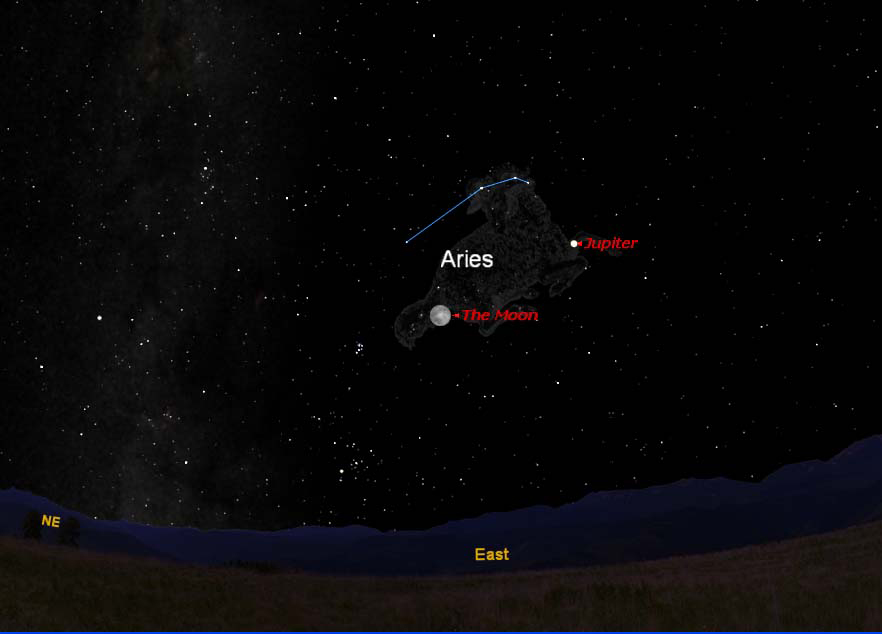
The bright full moon of November will rise overnight tonight (Nov. 10) on the heels of severe snow storms across the United States, bringing with it some appropriately chilly lunar nicknames.
November's full moon has many names, but perhaps the most timely are its "Snow Moon" and "Frost Moon" monikers since the moon hits its full phase as Alaska braces for a monster storm along its west coast, and just over a week after a huge storm rocked the U.S. east coast.
The full moon of each month is actually a brief event, with November's full moon occurring at 3:16 p.m. EST (2016 GMT). But to the casual skywatcher, the moon still appears full on the days before and after the main event.
"The Full Moon rises around sunset and sets around sunrise, the only night in the month when the moon is in the sky all night long," wrote SPACE.com contributor Geoff Gaherty, an astronomer with the skywatching software developer Starry Night Education, in a November skywatching guide. "The rest of the month, the moon spends at least some time in the daytime sky."
Tonight, the moon will appear near the bright planet Jupiter, which is shining off to the moon's right. Both objects can be found in the constellation Aries as they make their way across the night sky tonight.
The sky map of the full moon, Jupiter and Aries here shows how they will appear together tonight.
November's full moon has also been known as the Beaver Moon, though the name has two interpretations.
Get the Space.com Newsletter
Breaking space news, the latest updates on rocket launches, skywatching events and more!
According to one, the Beaver Moon takes its name from the animal itself, since this is the time they are actively preparing for winter. Another tale, however, states that the lunar nickname comes from hunters as a reminder to set beaver traps before swamps freeze over for the winter.
Other names for this month's moon include its Hindi name of Kartik Poornima and Sinhala (Buddhist) name Il Poya, according to Gaherty.
November's full moon is not the only lunar delight this month. On Nov. 25, the moon will block part of the sun in a partial solar eclipse, which will be visible to skywatchers in southern South Africa, Antarctica, Tasmania, and most of New Zealand.
If you snap a stunning view of the November full moon and would like to share it with SPACE.com, send images and comments on the view to managing editor Tariq Malik at: tmalik@space.com.
You can follow SPACE.com Managing Editor Tariq Malik on Twitter @tariqjmalik. Follow SPACE.com for the latest in space science and exploration news on Twitter @Spacedotcom and on Facebook.
Join our Space Forums to keep talking space on the latest missions, night sky and more! And if you have a news tip, correction or comment, let us know at: community@space.com.

Tariq is the Editor-in-Chief of Space.com and joined the team in 2001, first as an intern and staff writer, and later as an editor. He covers human spaceflight, exploration and space science, as well as skywatching and entertainment. He became Space.com's Managing Editor in 2009 and Editor-in-Chief in 2019. Before joining Space.com, Tariq was a staff reporter for The Los Angeles Times covering education and city beats in La Habra, Fullerton and Huntington Beach. In October 2022, Tariq received the Harry Kolcum Award for excellence in space reporting from the National Space Club Florida Committee. He is also an Eagle Scout (yes, he has the Space Exploration merit badge) and went to Space Camp four times as a kid and a fifth time as an adult. He has journalism degrees from the University of Southern California and New York University. You can find Tariq at Space.com and as the co-host to the This Week In Space podcast with space historian Rod Pyle on the TWiT network. To see his latest project, you can follow Tariq on Twitter @tariqjmalik.
